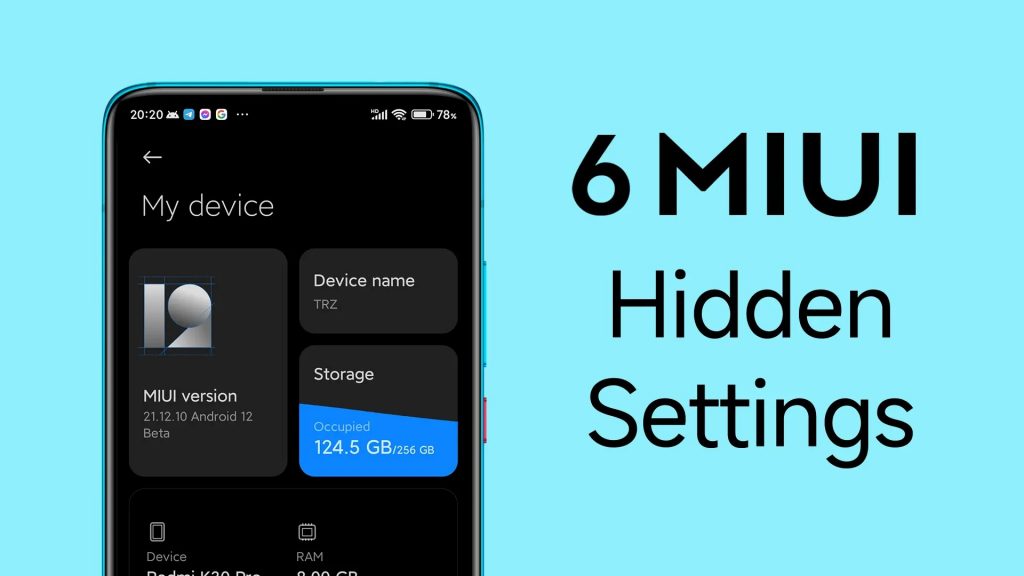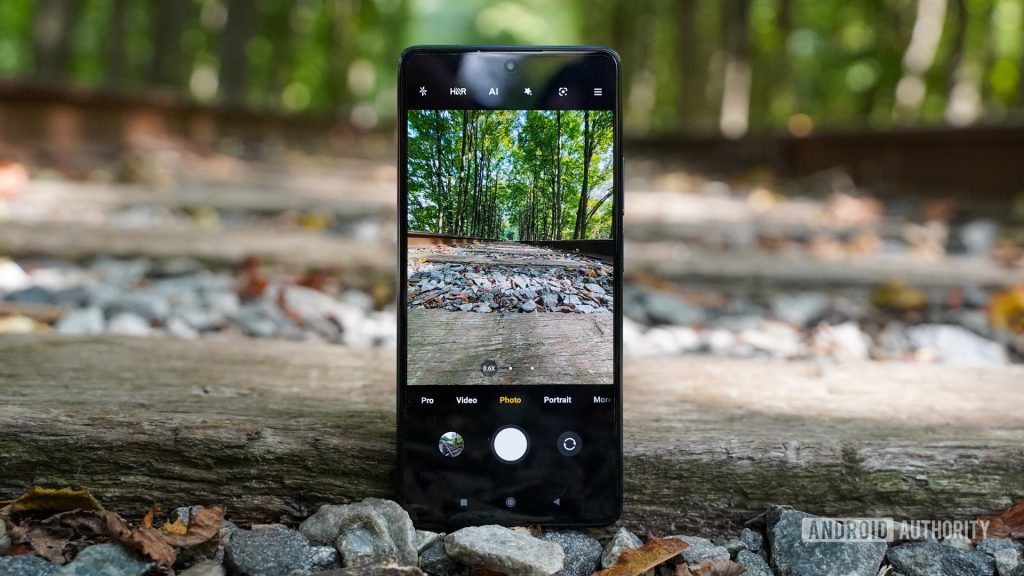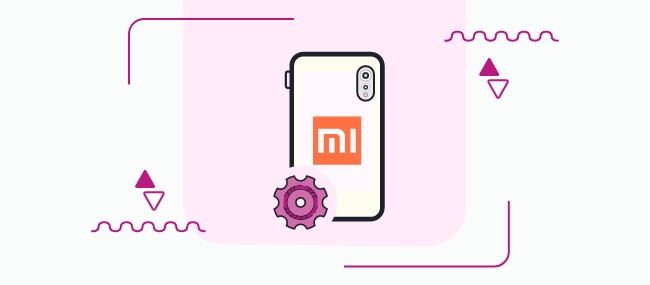Xiaomi phone settings guide 1
Xiaomi phone settings guide
Xiaomi has become very popular in the Iranian market in the past few years and has been able to attract many users due to its affordable phones. The Xiaomi phones use the MIUI user interface. The latest version of this user interface is MIUI 14, which is paired with Android 13 so that different phones of this brand can use it. This user interface had a lot of problems a few years ago and was considered one of the main flaws of the Xiaomi phone, but now it has almost reached maturity and not only supports many and practical features, but also has a very good speed.
In this article, we are going to go into the settings of Xiaomi phones in detail so that you can familiarize yourself with the attractive features of this user interface and better personalize your phone. Note that the description of this article is based on MIUI 14 and if you are using previous versions, the options may be slightly different.
Lock screen settings
Go to the phone settings and then the Lock screen section. On this page, the Sleep option is to specify how long the screen will stay on if the screen is not touched.
The second option is Raise to wake, which helps you to turn on the screen automatically every time you lift the phone from the table or surface to show you the available notifications. If you use the facial recognition feature, this feature can be useful for you and unlock the screen by viewing your face without pressing the power button.
The Double tap to wake or turn off screen option is to turn the screen off or on by tapping twice. The Wake lock screen for notification option also makes the phone screen turn on when receiving any notification (keep in mind that turning on such features will increase battery consumption).
The Glance for Mi option helps you to add a lot of variety to your lock screen. By turning on this feature, the background image of the lock screen changes every time you lock and unlock the phone, which can help diversify the phone.
Through the option of Lock screen clock format, you can also determine the shape of your lock screen clock and in this way make the appearance of the phone more to your taste.
If you turn on the Launch Camera option, when the phone is locked, you will be quickly transferred to the camera section by pressing the volume down button twice in a row, and thus you can take photos of the subject you want as quickly as possible.

Home screen settings
Go to phone settings and then Home screen section. In this section, the Home screen option helps you choose whether or not to have the menu. When you enter this option, you can choose between the Classic mode (a phone without a menu and in the shape of iPhones) and the With App drawer mode (having a menu).
The next option is Google Discover, which you can turn on or off. If this option is on, you will access this Google feature when you swipe left on the home screen.
The Animation Speed feature also helps you to change the speed of phone animations. By default, this option is set to Relaxed mode, and you can set it to two other modes: Balanced or Fast. To better understand this feature, we suggest to set this option to Fast once and browse the phone’s user interface for a better understanding of the change.
The next option is called System Navigation. Through this section, you can specify that the phone uses traditional Android options such as back and home at the bottom of the screen, or work with the phone using gestures.
By turning on the Lock home screen layout option, you can lock the home screen layout of the phone so that you do not change it unintentionally. Through the icon size option, you can change the dimensions of the icons to your taste, and with the home screen layout option, you can specify the number of programs in each row and column of the home screen.
The next settings on this page are related to the Recent menu. The Arrange items in recents option is for managing the way items are arranged on this page, and turning on the Show memory status option allows you to see the amount of available RAM memory and the amount of occupied RAM memory in the recent menu. Through the Blur app previews option, you can specify which apps will be displayed in a matte form in the refresh menu, and the show suggestion option is used to display suggestions on this page.
Notification settings and control center
Go to Settings and then click on Notifications & control center. Through the three options at the top of the page, you can specify which programs each type of notification is available for. For example, you can specify which apps have access to floating notifications. Also, in each of these sections, you can specify related settings.
The next option on this page is App notifications. By entering this page, you can specify which apps should send you notifications and which apps should not be allowed to send notifications at all. Through the Notification shade option, you can specify whether notifications will be displayed to you with Android’s own layout or MIUI’s layout.
The Control Center style option was added to this user interface for the first time in MIUI version 12. Through this option, you can determine what the control center of the phone should look like. One of the most frequently asked questions about the settings of the Xiaomi phone is how to block access to the Control Center while the phone is locked.
To do this, click on the Items shown down on the lock screen after swiping down option on the Notifications & control center page and change the settings of this section according to your needs.
The last option on this page is called Status bar and it allows you to customize the status section of the phone. The phone’s charge status is the narrow bar at the top of the screen that displays information such as notifications or battery percentage.

Display settings
Go to the phone settings and then enter the Display section. At the top of the screen, you will see two big icons with the names Light mode and Dark mode. If I choose Light mode, the whole phone looks white, and this mode is a better choice for the whole day. If you select Dark mode, the entire phone space, including apps, will be dark so that your eyes are less tired at night. Keep in mind that turning on this feature has a great effect on the consumption of less charge for AMOLED, Old and Super AMOLED panels.
The first option on this page after these two icons is called Schedule Dark mode. This option helps you to make the process of changing the phone from light mode to dark mode automatic so that you don’t need to activate these settings manually every time. You can choose to have Dark Matter turn on from sunset to sunrise or manually set the clock.
The next section in the screen settings of the Xiaomi phone is called More dark mode options. Through this option, you can access more settings in the field of dark mode. For example, you can specify whether the background of the phone will be a little lighter and darker when this feature is activated, and many other useful customizations.
The next option is Brightness level, with the help of which you can adjust the brightness of the screen or set it to automatic mode so that the phone itself does this with the help of the ambient light sensor. These settings can also be accessed from within the control center.
Reading mode is for when you want to look at the screen for a long time or use your phone at night and in the dark. This mode reduces the blue light of the screen, which causes the most fatigue for the eyes, and makes the yellow light dominant on the screen. You can also specify the intensity of yellowing of the screen and also set the time to turn this feature on and off.
In the Color scheme section, there are several different modes that help you determine your desired color scheme for the display. The first mode is called Auto, and if you choose this mode, the phone will automatically adjust the screen color depending on the color of the environment so that you can always see more accurate colors.
The second mode is called Saturated, and by selecting it, the phone increases the concentration of colors on the display so that the content is displayed in a more attractive way (like the default display mode of Samsung Super AMOLED phones).
If this mode is not pleasing to your eyes and you prefer to see more realistic colors, then maybe choosing the Standard mode is more logical for you (in this mode, the colors are the most accurate possible, and the difference between this mode and Auto is that the light changes The environment does not affect the display of colors.











